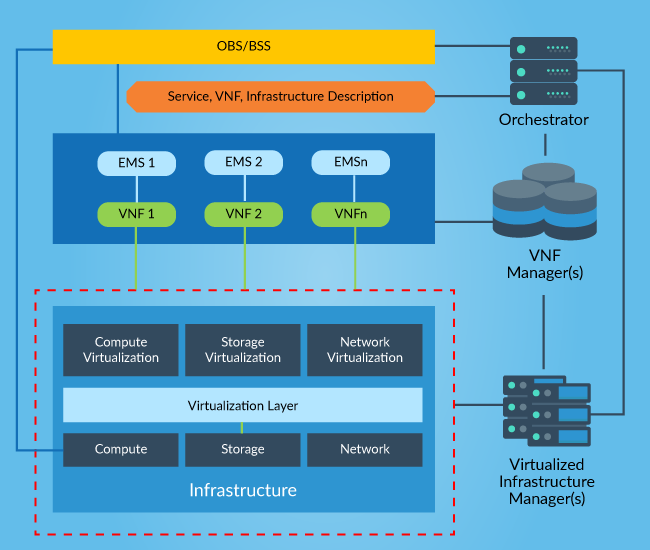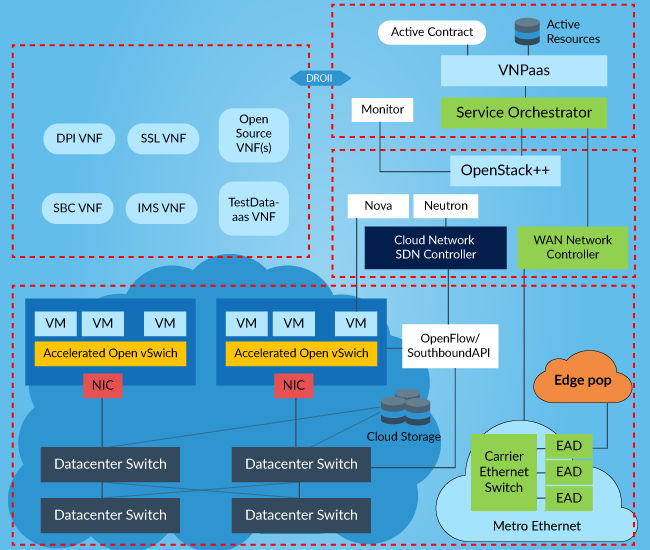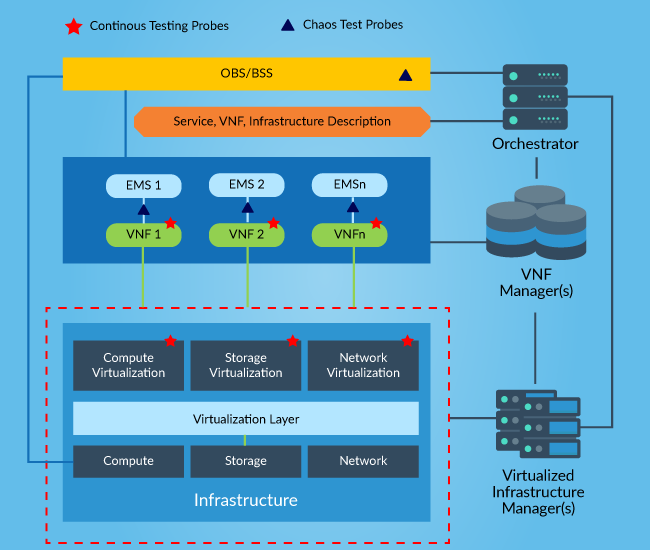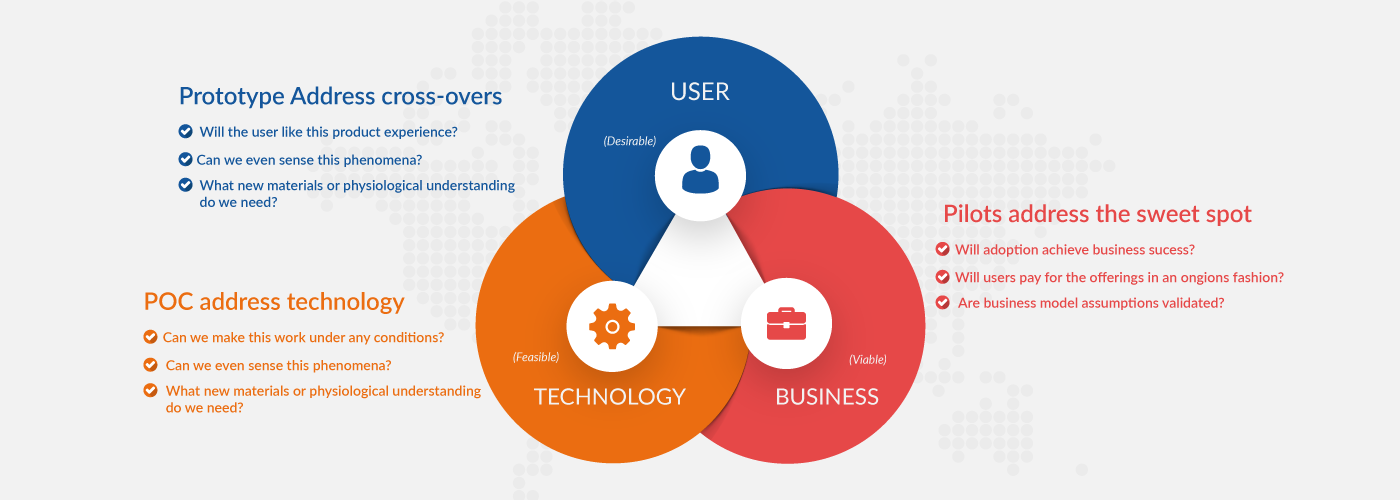- +1 858 504 1680
- mobilestack
- +1 858 504 1680
Emerging trends in telecommunication networks, such as Fog Computing and Internet of Things (IoT), portend new types of services that require the geographical distribution of small-scale data centers (SSDCs) that will provide virtualized network functions (VNFs) at the edge of current networks. In these new scenarios, the SSDCs have to reduce costs while still being able to efficiently manage its computing and network infrastructure to meet demanding bandwidth and latency requirements of highly dynamic service requests.
Traditional data center infrastructures have been designed to serve a scenario with a much larger number of servers and their network infrastructure is not though for complex service chaining interconnections between VNF elements. Moreover, their network reconfiguration mechanisms are limited, and packet routing/forwarding is not optimized. In this scenario, it is hard to build a cohesive solution between the underlying network topology and VNF orchestration decisions.
To tackle these issues, we investigate the integration of NFV and software-defined networking (SDN) in SSDCs and take the virtualization of network functions to a next level by virtualizing not only middleboxes, but also the network elements that interconnect servers. An 8-node prototype was built and tested to demonstrate the platform key enabling mechanisms, which are programmed to jointly make the most of the available physical infrastructure.
















